Imagine a predator so massive, it makes the fiercest sharks look like minnows. Meet the largest freshwater predator ever discovered—a creature that reigns supreme in its watery domain, striking fear and fascination in the hearts of those who encounter it.
This colossal giant isn’t just about size; it’s a marvel of evolution, with unique adaptations that make it a true apex predator in freshwater ecosystems. From its immense power to its hunting techniques, this creature has fascinated scientists and adventurers alike.
In this post, we’re diving into 13 jaw-dropping facts about this freshwater beast. Prepare to be amazed as we uncover the mysteries behind its size, strength, and the role it plays in its environment. Ready to meet the king of the freshwater world? Let’s get started!
Enormous Size
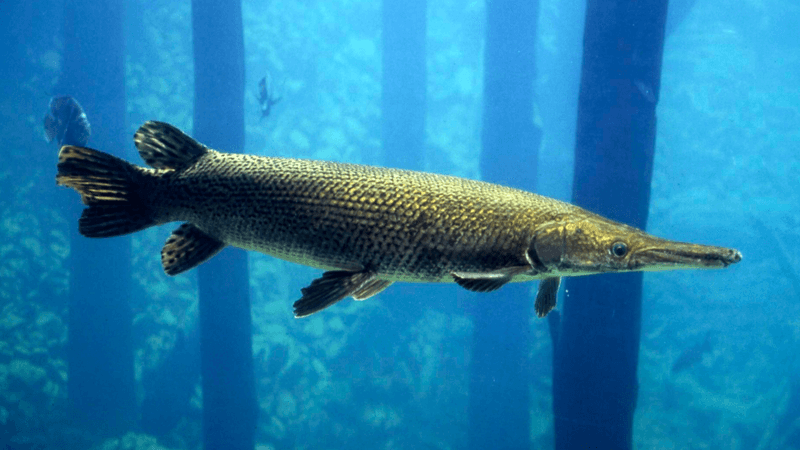
Imagine a predator so formidable that it rules the freshwater realm with sheer size. This giant, with its vast length and weight, can overshadow most aquatic life.
Its enormous physique not only makes it a top predator but also a fascinating subject of study. Due to its size, this predator has few natural enemies, allowing it to dominate its environment.
However, its size is not just for intimidation; it plays a crucial role in its hunting and survival strategies. With every movement, it commands the attention and respect of all creatures within its territory.
Unique Adaptations

The largest freshwater predator is not just about size; its unique adaptations are equally mesmerizing. From specialized fins that allow agile movement to gills adapted to varying oxygen levels, this creature is a masterpiece of evolution.
These adaptations enable it to thrive in diverse freshwater environments, from murky swamps to clear rivers. Its sensory organs are fine-tuned to detect even the slightest movement in water, making it an efficient hunter.
Such adaptations ensure its survival and dominance, illustrating the incredible ingenuity of nature.
Diet and Hunting Techniques
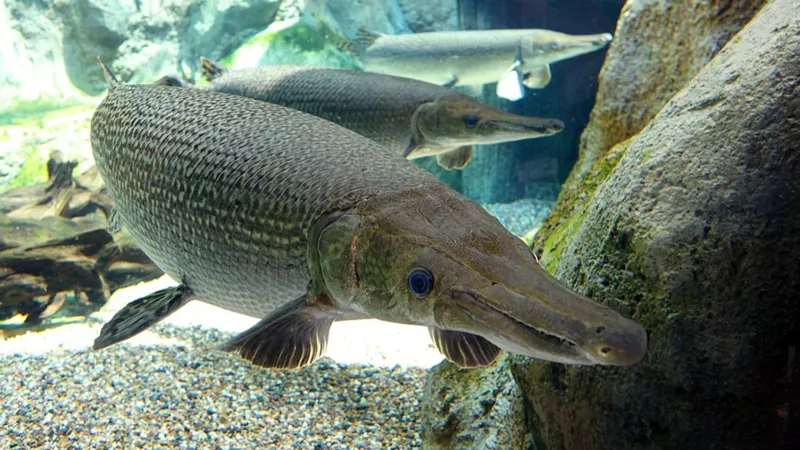
As a formidable hunter, this predator’s diet is as varied as its hunting techniques are sophisticated. It preys on fish, amphibians, and occasionally birds, utilizing stealth and speed to capture its prey.
Its hunting style is a blend of patience and precision, often waiting motionless before striking with unerring accuracy. These techniques are crucial for its survival, ensuring it remains at the top of the food chain.
The predator’s diet also reflects its adaptability, as it can switch prey based on availability, showcasing its resilience.
Historical Discovery

The discovery of the largest freshwater predator is a tale steeped in history and intrigue. Archaeologists unearthed its fossils in an unexpected location, revealing a creature that once thrived in prehistoric waters.
This finding reshaped our understanding of freshwater ecosystems and the diverse life forms that inhabited them. The excitement surrounding the discovery was palpable, sparking renewed interest in paleontology.
Such historical finds not only highlight the rich tapestry of life on Earth but also inspire future generations of scientists to explore the past.
Ecological Impact

The ecological impact of the largest freshwater predator is profound, influencing the entire aquatic ecosystem. As a top predator, it regulates prey populations, ensuring a balanced ecosystem.
Its presence affects the distribution and behavior of other species, maintaining biodiversity. By controlling the population of certain species, it prevents overgrazing and promotes healthy aquatic vegetation.
This predator’s role is a testament to the delicate balance of nature, where each creature plays a part in maintaining ecological harmony. Its impact is a crucial part of freshwater ecosystems.
Reproductive Habits

The reproductive habits of the largest freshwater predator are as intriguing as its size. It selects specific breeding grounds, often secluded and rich in resources, to ensure the survival of its offspring.
The courtship rituals are elaborate, involving displays of strength and agility. Once mating occurs, the female invests significant energy in nurturing her young, providing them with protection and sustenance.
These habits ensure the continuation of their lineage and highlight the importance of each generation’s survival. Understanding these processes offers insights into the life cycle of such a remarkable creature.
Cultural Significance
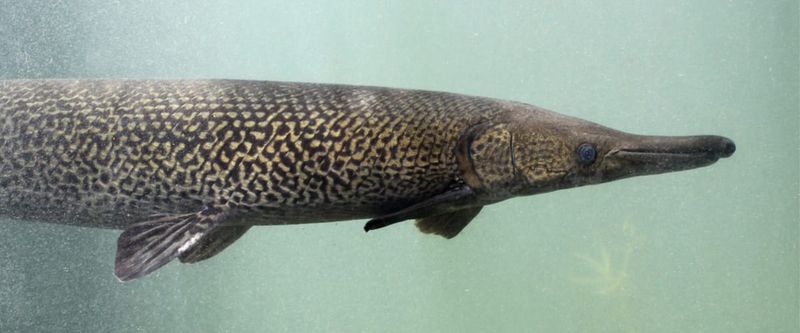
Throughout history, the largest freshwater predator has captivated human imagination, becoming a central figure in folklore and myth. Many cultures regard it as a symbol of strength and mystery, often depicting it in art and storytelling.
These cultural narratives reflect humanity’s fascination with the natural world and our desire to understand it. The predator’s portrayal varies across regions, showcasing diverse interpretations and beliefs.
Its cultural significance underscores the deep connection between humans and nature, inspiring awe and respect for this magnificent creature.
Conservation Status

The conservation status of the largest freshwater predator is a concern for scientists and environmentalists alike. Human activities, such as habitat destruction and pollution, threaten its survival.
Conservation efforts focus on preserving its natural habitat and raising awareness about its ecological importance. Protecting this predator is crucial not only for its survival but also for maintaining the health of freshwater ecosystems.
Collaborative efforts between governments and conservation organizations aim to ensure a sustainable future for this remarkable creature.
Lifespan and Growth
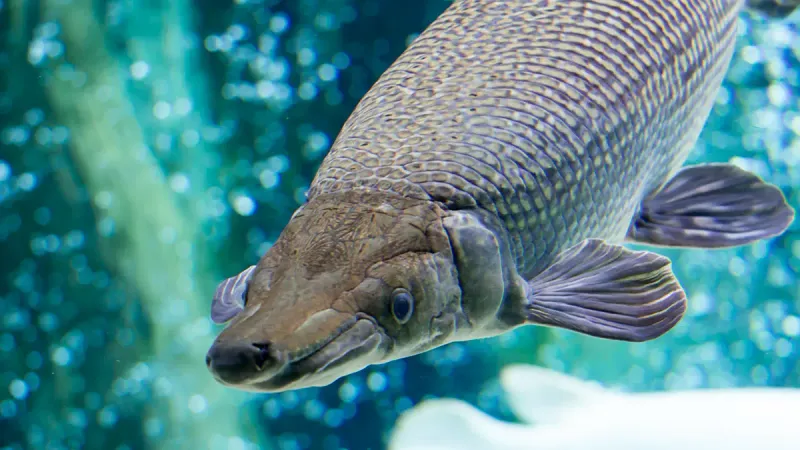
The lifespan and growth of the largest freshwater predator are remarkable, reflecting its adaptation to the aquatic environment. From a tiny hatchling to a colossal adult, its growth is a testament to its resilience.
The predator’s lifespan is lengthy, allowing it to mature and dominate its habitat. This extended period of growth ensures it achieves its full potential, both physically and behaviorally.
Understanding its growth patterns provides valuable insights into its biology and the factors that influence its development throughout its life.
Interaction with Humans
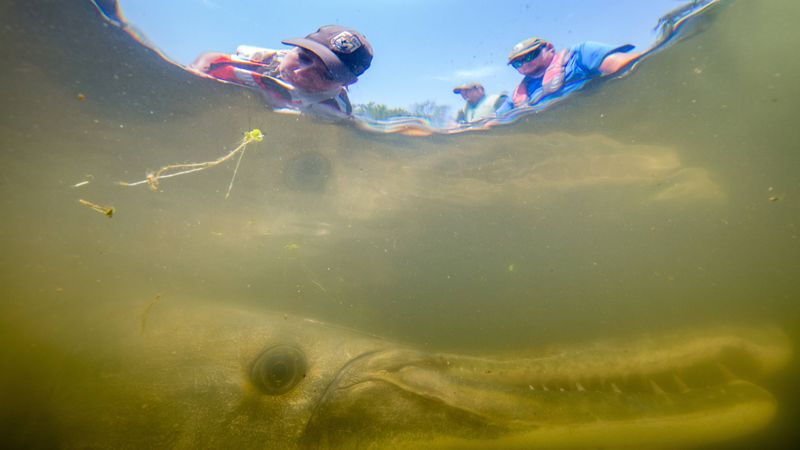
The interaction between humans and the largest freshwater predator is complex, marked by both awe and caution. While some view it as a threat due to its size and predatory nature, others see it as a symbol of nature’s grandeur.
Fishermen often share tales of encounters, highlighting its elusive presence. These interactions remind us of the delicate balance between human activities and wildlife conservation.
Respecting its space and understanding its role in the ecosystem is vital for coexistence. Such encounters enrich our connection to the natural world.
Migration Patterns
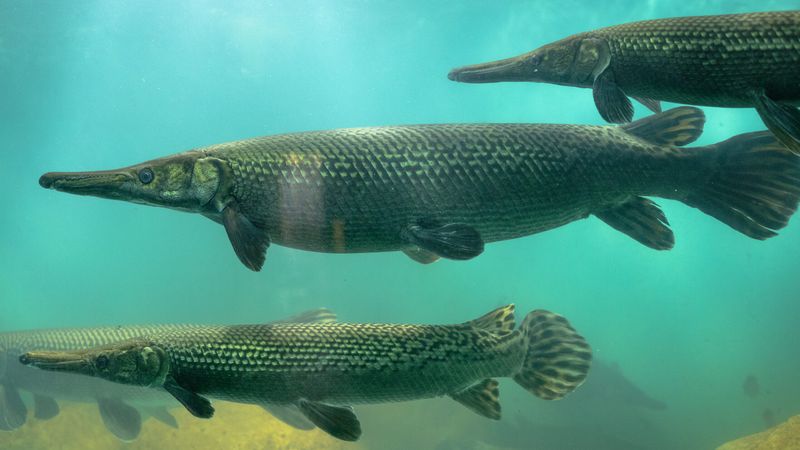
The migration patterns of the largest freshwater predator are a fascinating aspect of its life. These journeys, driven by seasonal changes and breeding needs, reveal its adaptability and survival instincts.
Migration allows it to access diverse environments, ensuring ample food supply and suitable breeding grounds. Tracking these patterns helps scientists understand its range and ecological needs.
These movements are crucial for its survival, highlighting the interconnectedness of freshwater ecosystems. Studying its migration offers insights into the challenges it faces in an ever-changing world.
Sensory Abilities
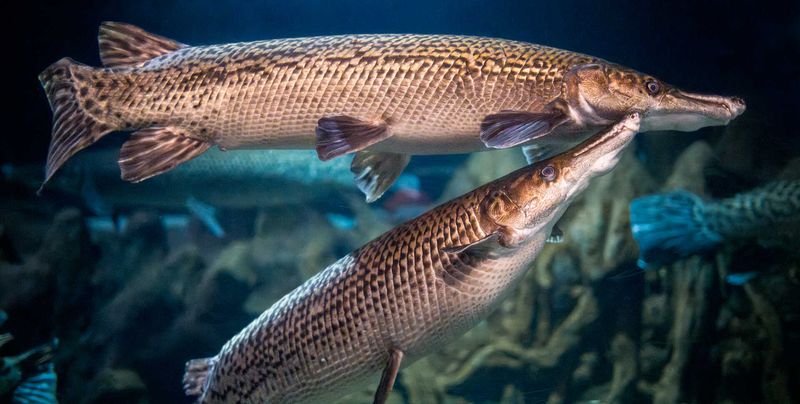
The sensory abilities of the largest freshwater predator are extraordinary, enabling it to navigate and hunt with precision. Its acute senses detect subtle changes in water pressure and movement, giving it an edge over prey.
These abilities are essential for survival, allowing it to thrive in various aquatic environments. The predator’s keen senses are a product of millions of years of evolution, reflecting its adaptation to the freshwater habitat.
Exploring these abilities uncovers the remarkable intricacies of nature’s design.
Evolutionary Journey

The evolutionary journey of the largest freshwater predator is a story of adaptation and survival. Over millions of years, it has evolved to become one of the most formidable creatures in its environment.
This journey is marked by significant changes in anatomy and behavior, reflecting its response to ecological pressures. Understanding its evolutionary history provides insights into its current form and capabilities.
This predator’s journey is a testament to the power of evolution, demonstrating how life adapts to thrive in diverse habitats.

